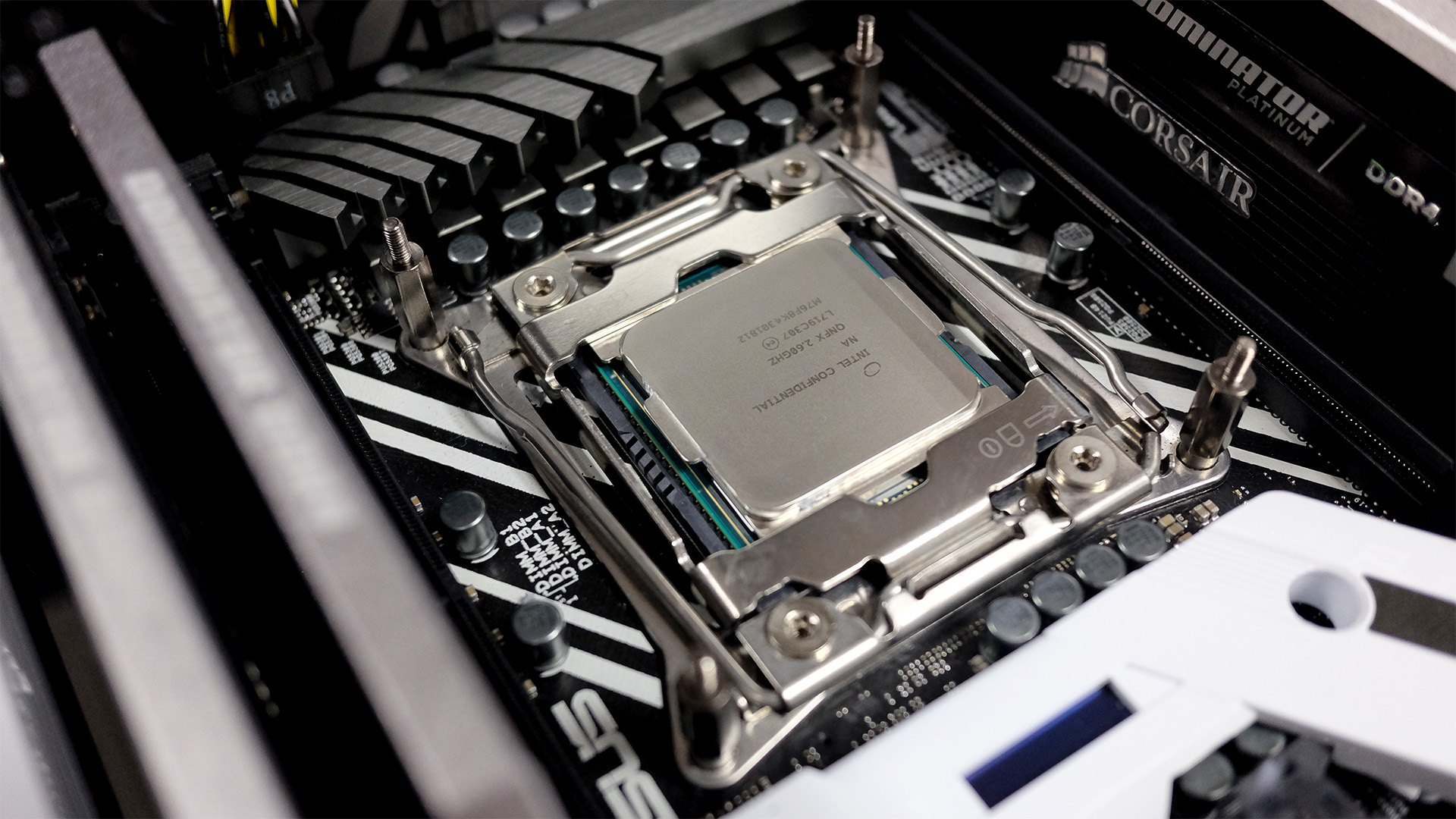Intel uses built-in graphics to scan for viruses, making your processor run faster
Laptops should hopefully see battery life benefits, as well

Intel has announced new technology for its processors to help combat malware more effectively, and to improve the performance of a PC while doing so by offloading virus scanning duties to the integrated GPU.
Intel explains that its new Threat Detection Technology (TDT) uses functionality built-in at the silicon-level to help defeat exploits, and the first line of defense introduced is something called Accelerated Memory Scanning.
Rick Echevarria, VP of platform security at Intel, stated: “Current scanning technologies can detect system memory-based cyber-attacks, but at the cost of CPU performance. With Accelerated Memory Scanning, the scanning is handled by Intel’s integrated graphics processor, enabling more scanning, while reducing the impact on performance and power consumption.”
Intel’s own early tests show that the amount of processor resources used in scanning drops from 20% to 2% in the best case scenario, which is obviously a huge step forward in terms of efficiency.
Less CPU usage will in turn help on the power consumption front, of course, so hopefully this could mean a little bit of extra battery life when it comes to the likes of notebooks.
This technology will be available to those who are running 6th-generation Intel processors or newer, so in other words, Skylake and onwards.
Other firms could also be able to benefit from Accelerated Memory Scanning, and on the software front, Microsoft is going to integrate this tech into Windows Defender Advanced Threat Protection’s antivirus armoury.
Get daily insight, inspiration and deals in your inbox
Sign up for breaking news, reviews, opinion, top tech deals, and more.
Machine learning
Furthermore, Intel also took the wraps off Advanced Platform Telemetry, another security-oriented tech driven by machine learning and capable of detecting advanced threats (while minimizing any false positive detections). This is aimed at businesses, though, and will be used by Cisco’s Tetration platform (which delivers security for data centers).
Obviously, all this goes some way to underlining how hard Intel is working to make its processors more secure, in light of the recent chaos caused by the far-reaching Spectre and Meltdown bugs.
Threat Detection Technology’s toted performance improvements certainly won’t hurt in fighting all the flak Intel has had fired at it over the slowdown caused by the Spectre and Meltdown patches, which could have a substantial impact on some systems.
- We’ve picked out the best laptops of 2018
Darren is a freelancer writing news and features for TechRadar (and occasionally T3) across a broad range of computing topics including CPUs, GPUs, various other hardware, VPNs, antivirus and more. He has written about tech for the best part of three decades, and writes books in his spare time (his debut novel - 'I Know What You Did Last Supper' - was published by Hachette UK in 2013).